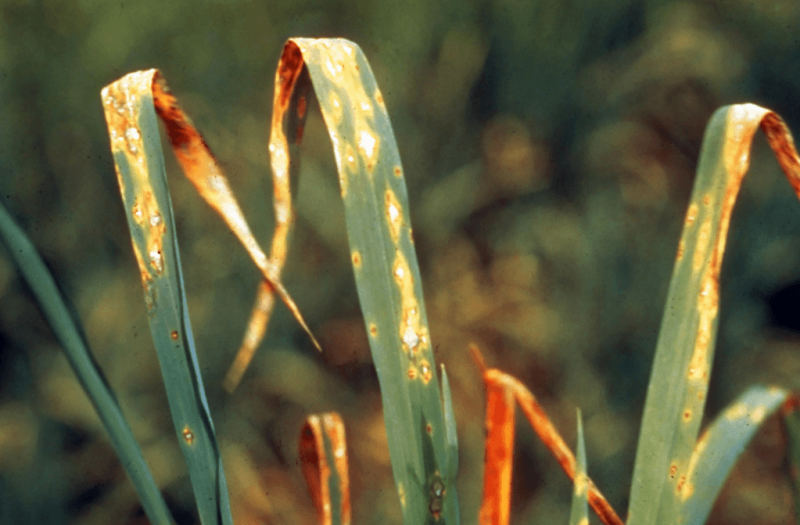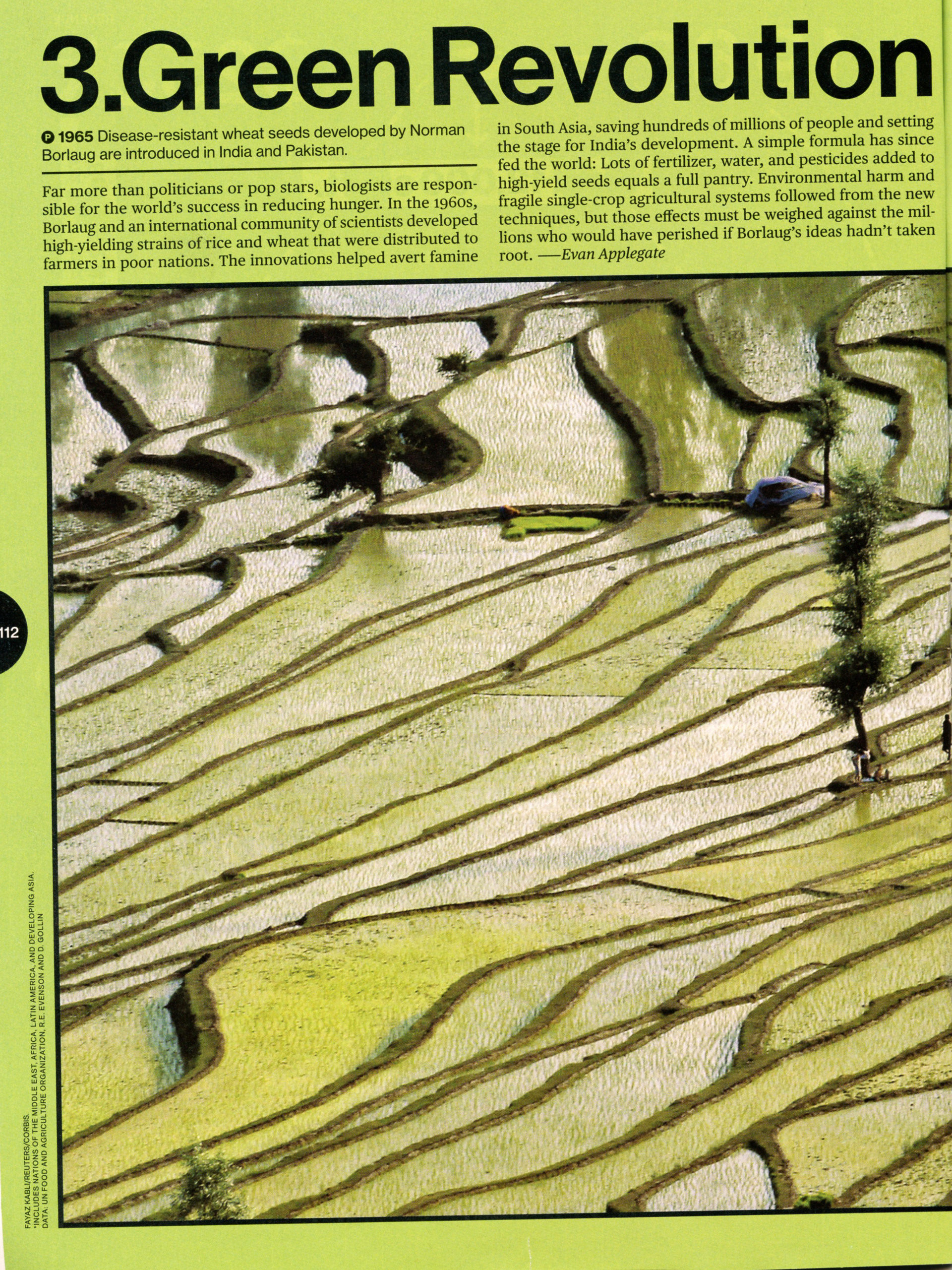

Kieran Dodds/Panos
Speed read
Thailand study deploys bats against the insect pests that feed on rice shoots
Test result extrapolation shows rice savings worth over a million dollars a year
Another expert says a study based on one field survey has ‘no substantial base’
http://www.scidev.net/asia-pacific/agriculture/news/bats-can-help-protect-rice-farms-against-pests.html
[KUALA LUMPUR] Bats that prey on a major rice pest in Thailand could save paddy harvests worth millions of dollars and help contribute to better food security, scientists say in a paper published in Biological Conservation recently (March).
Using data from a previous study and their own field survey, the scientists came up with a value of the predation of the wrinkle-lipped bat (Tadarida plicata) on the white-backed planthopper (Sogatella furcifera), a migratory insect pest in Asia which feeds on rice shoots.
The scientists calculated that each wrinkle-lipped bat consumes about 1,130 white-backed planthoppers daily. With a population of almost eight million, this bat species may prevent paddy losses of nearly 2,900 tonnes per year worth US$1.2 million in export value, enough to feed 26,000 people for a year.
Thomas Cherico Wanger, lead author of the paper and a tropical ecologist at University of Göttingen in Germany, suggests that Thai rice farmers can recruit bats in their fields by providing roosting boxes.
“The model shows that 300 bats in each roosting box can protect almost 700 kilograms of rice per year,” Wanger tells SciDev.Net.
Bats have yet to be considered as a significant pest control agent in agriculture, according to Wantana Srirattanasak, senior entomologist of Thailand’s Department of Rice. “Our farmers have never thought of using bats as biological control agents,” she says.
A year-long survey in 2005 reported that planthoppers made up almost 30 per cent of the diet of wrinkled-lipped bats. Working from this survey, Wanger and his team built a model to “quantify the amount of rice that bats protect when they feed on planthoppers.”
Combining data from the literature with their field observations, the scientists used the model to estimate the number of white-backed planthoppers consumed by all the wrinkled-lipped bats in Thailand. They then estimated the amount of rice harvest saved due to the predation of these planthoppers.
But models simplify nature based on assumptions that might be wrong, Wanger warns, adding that it is crucial to “compile good data” and “to indicate the level of error that comes with an estimate.
“The model has merits as a thought experiment,” says Geoff Gurr, applied ecology professor at Charles Sturt University in Australia.
But Gurr, who has been working on the biological control of planthoppers with arthropod predators, notes that only one field survey was used to estimate the bats’ predation of the planthoppers. “It is not a substantial base on which to extrapolate too widely,” he says.
Another caveat is that the amount of rice saved by the bats— 2,900 tonnes— is only a tiny portion of the 25-30 million tonnes of rice produced yearly in Thailand. Bats might not be irrelevant, says Gurr, “but they are a very small portion of the mortality that would be required to control the planthoppers.”
Wanger says his team understands the limits of their model. But he argues it is crucial to test predictions of the model against field experiments and more data analyses. He says their modelling code, published with their paper, was made “as transparent as possible” to help others test their predictions.
Link to paper in Biological Conservation
This article has been produced by SciDev.Net’s South-East Asia & Pacific desk.
Read Full Post »













